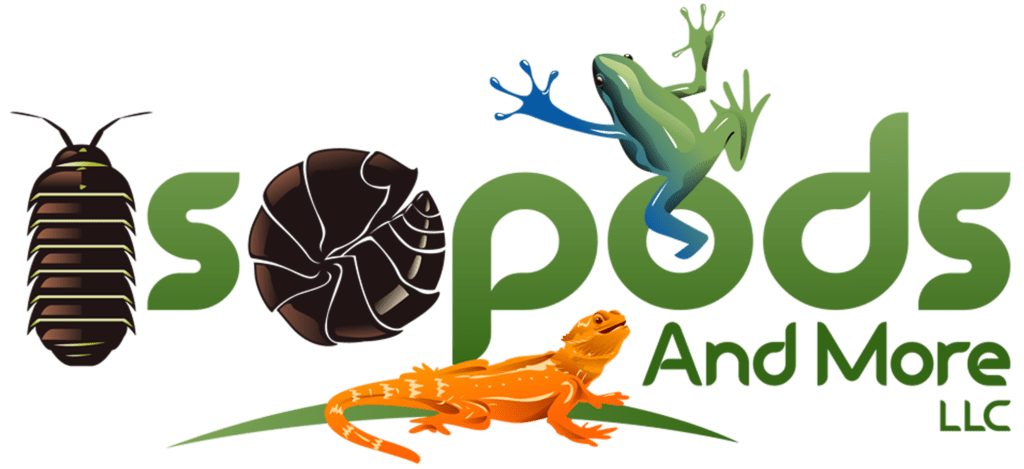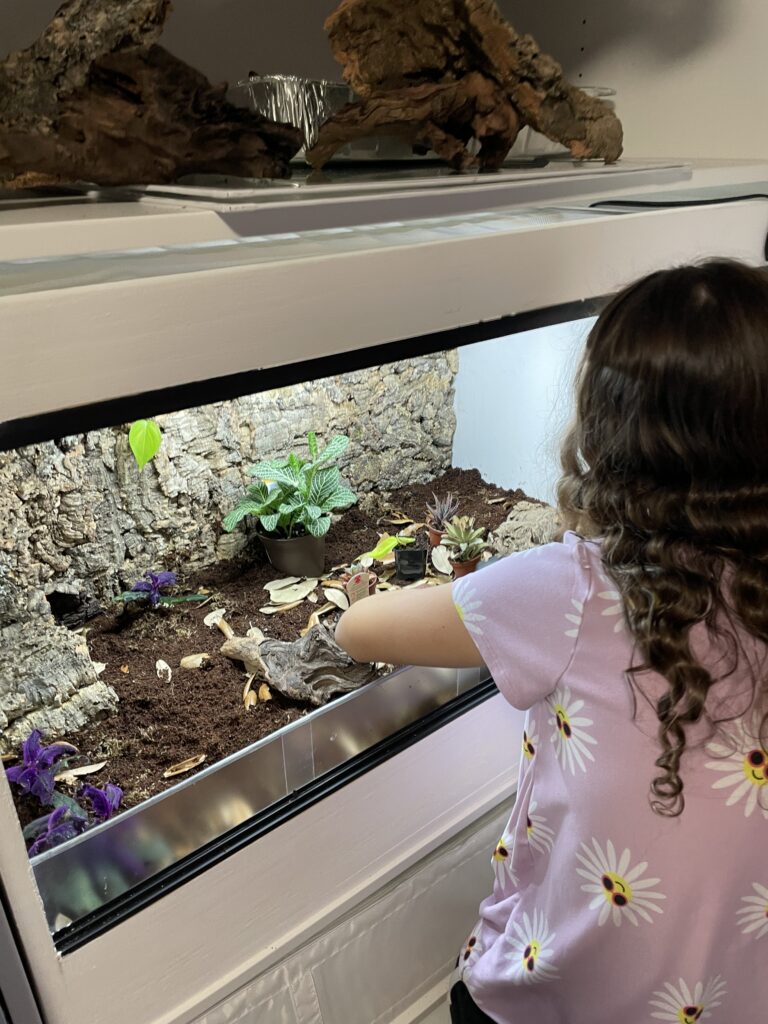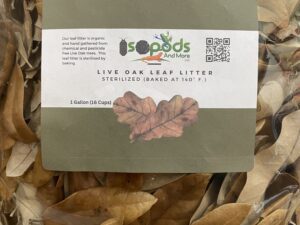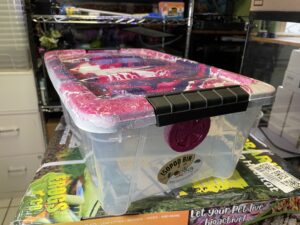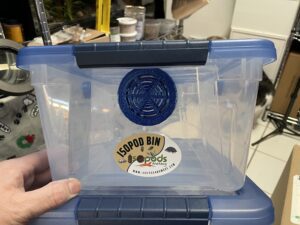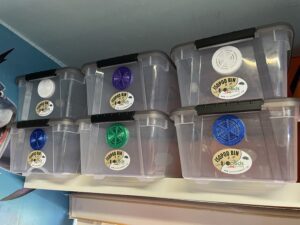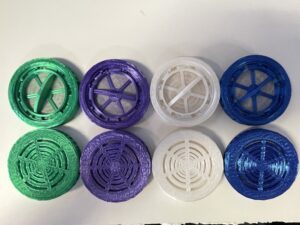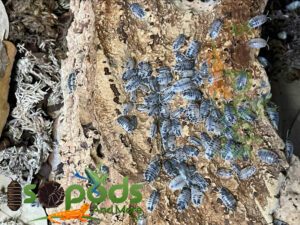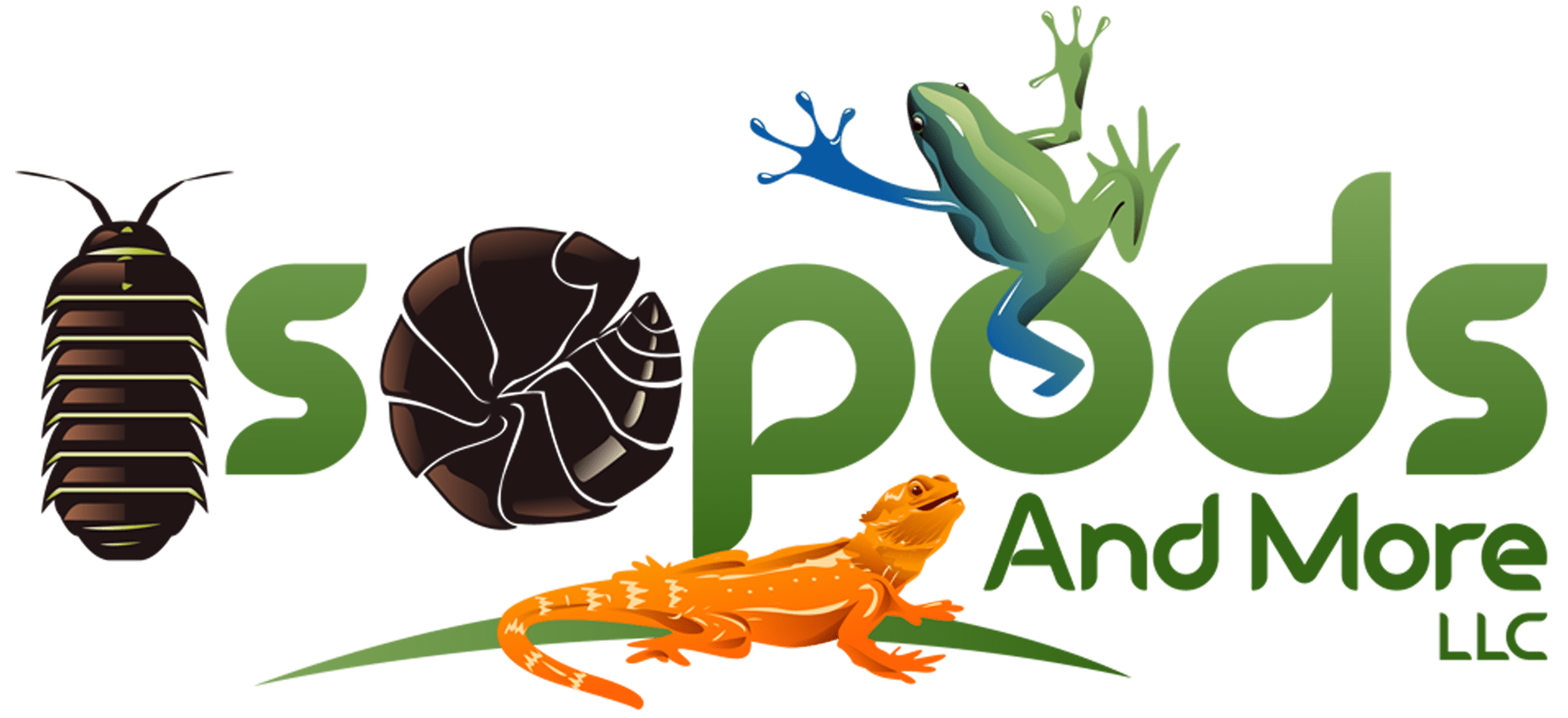Eco-Friendly Living: Creating a Bioactive Enclosure for Your Hedgehog
Hello again, friends! It’s Paul here from Isopods And More. If you’ve been following our journey, you’ll know that my daughter, Megan, and I are passionate about creating natural, sustainable environments for our pets. Today, I want to take you through the exciting world of bioactive enclosures for hedgehogs. Trust me, it’s a game-changer for both you and your spiky pal!
Understanding Bioactive Enclosures
Venturing into the realm of bioactive enclosures has been one of my most rewarding experiences in pet care. Let me break it down for you: a bioactive enclosure is essentially a self-contained ecosystem that mimics the natural environment of your pet. It’s not just about aesthetics; it’s about creating a living space that functions naturally. The foundation of this setup is the substrate – a layered composition of drainage materials, a barrier layer, and a nutrient-rich top layer made up of soil and organic matter. This is where the magic happens. The substrate supports plant life and microorganisms, playing a crucial role in the ecosystem’s overall health.
The unsung heroes of this setup are the cleanup crew – typically, a mix of isopods and springtails. These little creatures work tirelessly, breaking down waste products and recycling them into the system. They’re like Mother Nature’s own cleanup team, ensuring that the environment remains healthy and balanced. This process not only keeps the enclosure clean but also provides essential nutrients to the plants. Speaking of plants, they are more than just décor. They contribute vital oxygen, aid in humidity control, and offer a slice of natural habitat, enriching the life of your pet.
When a bioactive enclosure is properly established, it requires surprisingly little maintenance, thanks to the self-sustaining ecosystem. Regular watering of the plants and occasional checks on the cleanup crew’s wellbeing are the main tasks. It’s a setup that not only adds a natural touch to your home but also offers a more engaging and enriching environment for your pet. Megan and I have found that it simplifies pet care while bringing a piece of nature into our living space, making it a wonderful choice for those looking to enhance their pet’s life in a natural and sustainable way.
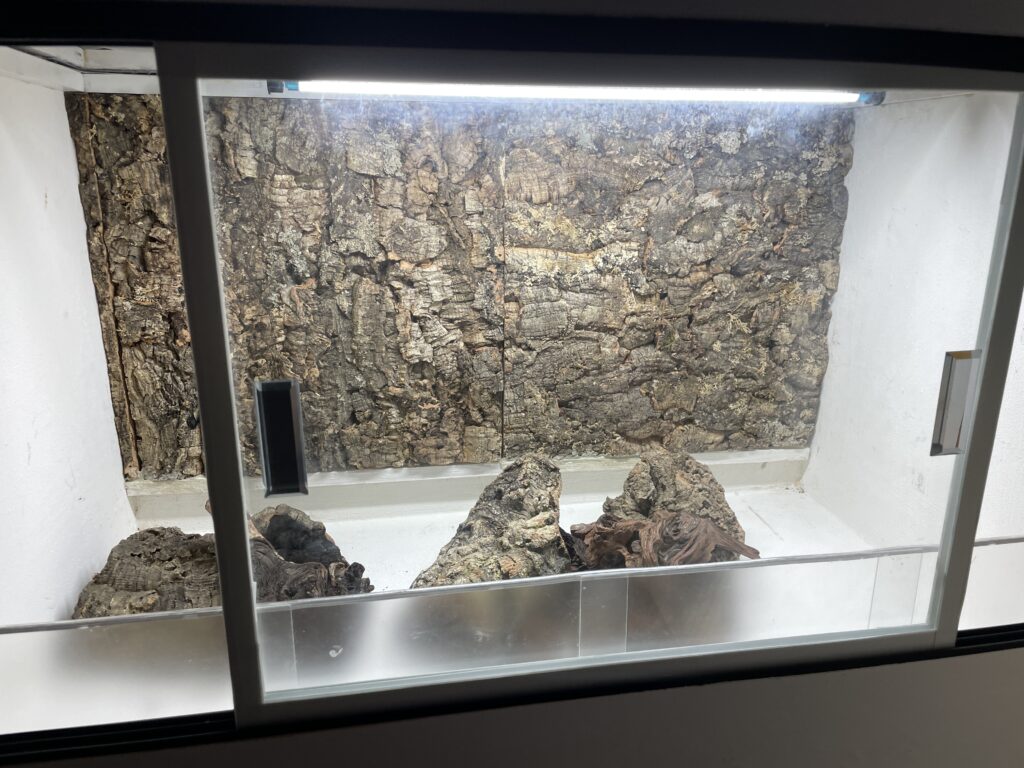
Planning Your Bioactive Enclosure
When Megan and I first dabbled in bioactive setups, we learned the importance of space. For a hedgehog, I recommend an enclosure with at least 8 square feet of floor space. It needs to be deep enough to accommodate layers of substrate – we’re talking at least 5-6 inches. Think about the location too. A quiet corner in your living room? Perfect!
Here’s a table of supplies needed to create a bioactive enclosure:
| Supply Category | Specific Items or Requirements |
|---|---|
| Enclosure | Appropriate size terrarium or modified enclosure (e.g., converted Ikea PAX unit) |
| Substrate | – (Optional) Base layer of drainage material (e.g., clay balls, gravel) |
| – (Optional) Barrier layer (e.g., mesh or landscape fabric) | |
| – Top layer of nutrient-rich soil mix, coco coir, sphagnum moss | |
| Cleanup Crew | – Isopods (various species suitable for the habitat) |
| – Springtails | |
| Plants | – Non-toxic, hedgehog-safe plants (e.g., ferns, grasses) |
| – Optional: additional decorative plants suited to the enclosure’s climate | |
| Lighting and Heating | – LED Plant Sunlight |
| – Heating solutions (heat mats, lamps) as per pet’s requirements | |
| Accessories | – Water dish |
| – Hideouts, tunnels, climbing structures | |
| – Decorative elements like rocks, branches, or cork bark | |
| Maintenance Tools | – Watering can or spray bottle for plants |
| – Tongs or gloves for handling cleanup crew and plants | |
| – Thermometer and hygrometer to monitor environment conditions |
Note: It’s important to tailor the enclosure to the specific needs of your pet and the plants you choose to include. Research and planning are key to ensuring a successful and healthy bioactive setup.
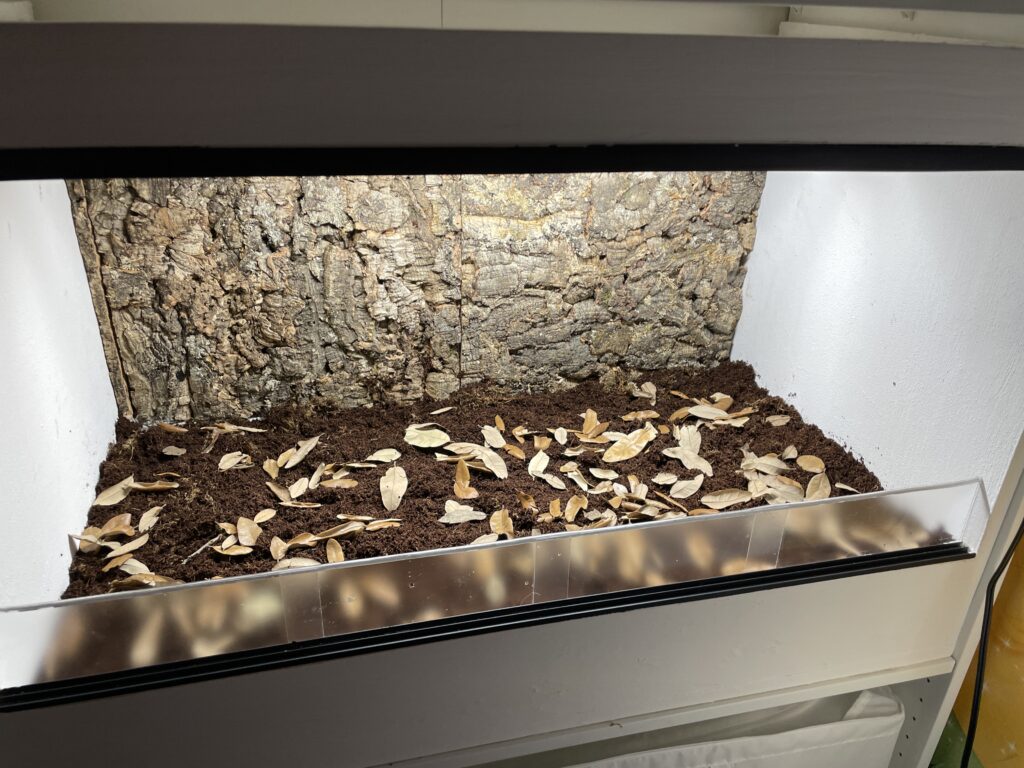
Substrate and Soil Layer
The substrate is your foundation. It’s where all the magic begins. You want a mix that supports microfauna like springtails and isopods (hey, that’s us!). It should be moisture-retaining but not soggy. Embarking on the adventure of creating a bioactive substrate for an enclosure is a bit like becoming a backyard scientist. It’s a fascinating process where you mix various natural elements to create the perfect foundation for your pet’s habitat. Let’s talk about how to blend organic soil, sphagnum moss, horticultural charcoal, worm castings, coco coir, and wood pellets to create a thriving substrate. This mixture is crucial for maintaining a healthy and balanced ecosystem within your pet’s home.
Base Substrate Layer
Firstly, start with the base layer – organic soil. This will be the primary component of your substrate. Organic soil is rich in nutrients and provides a solid foundation for plant growth. To this, add sphagnum moss, which helps retain moisture and provides an ideal texture. Moisture retention is key in a bioactive enclosure, as it supports the microfauna and flora crucial for the ecosystem. Then, sprinkle a layer of horticultural charcoal. This isn’t just any charcoal; it’s a special type that aids in filtering and purifying the substrate, keeping it fresh and controlling odors – a must in any bioactive setup.
Nutrients and Microfauna Enrichment
Next, enrich the mix with worm castings. These are like gold for your substrate! Worm castings are an excellent source of natural nutrients and beneficial microorganisms. They will help break down waste products, making them available as food for your plants. Following this, incorporate coco coir into the mix. Coco coir, made from coconut husks, is fantastic for aeration and water retention. It’s lightweight and helps prevent the substrate from becoming too dense or compacted. Lastly, add some wood pellets. Wood pellets are not only great for additional structure but also slowly break down over time, releasing nutrients back into the substrate.
Mixing It All Up
Now, the fun part – mixing! Make sure you evenly blend all these components. A good mix ensures that each layer of your bioactive enclosure has the right balance of nutrients, moisture, and aeration. Remember, the goal is to create a living, breathing substrate that mimics a natural ecosystem. It’s this intricate balance that makes a bioactive enclosure a fascinating world of its own. Megan and I often find ourselves marveling at how this miniature ecosystem thrives, all starting from the ground up with the substrate we’ve mixed. It’s a rewarding process that not only benefits your pet but also adds a touch of nature’s wonder to your home.
| Ingredient | Description |
|---|---|
| Pesticide-Free Organic Soil | A nutrient-rich base, free of harmful chemicals, supporting plant growth and microbial life. |
| Sphagnum Moss | Enhances moisture retention and provides a soft, natural texture for the substrate. |
| Horticultural Charcoal | Acts as a natural filter, purifying the substrate and helping to control odors and remove toxins. |
| Worm Castings | Nutrient-dense and full of beneficial microorganisms, essential for healthy waste decomposition. |
| Coco Coir | Derived from coconut husks, this component is key for improving aeration and moisture retention. |
| Wood Pellets | Contributes structure to the substrate and gradually decomposes, releasing nutrients back into the soil. |
Note: It’s crucial to ensure all components, especially the Organic Soil, are free from pesticides to maintain the health and balance of the bioactive enclosure. Each element plays a unique role in mimicking a natural ecosystem, providing a thriving environment for your pet.
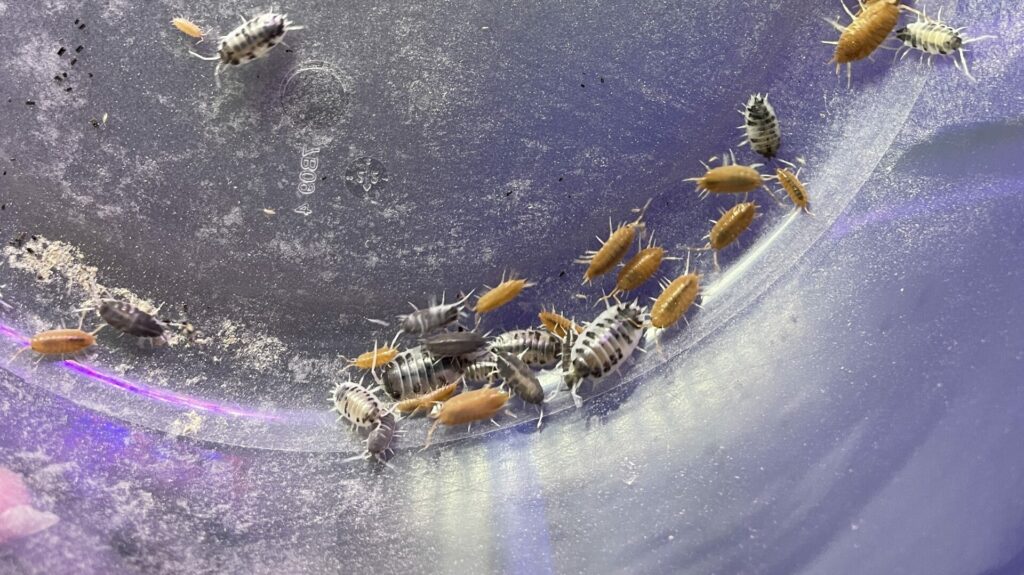
Introducing the Cleanup Crew
Here’s where my little friends, the isopods and springtails, come into play. They are the janitors of your enclosure, breaking down waste and keeping the soil healthy. But choose the right species – some are better suited for hedgehog enclosures than others.
Springtails are like the cleanup superstars in these mini ecosystems. These tiny insects are fantastic at breaking down decaying matter into nutrients that plants can use. They’re also great indicators of the health of your substrate – a thriving springtail population often means a healthy enclosure. Then, we have the isopods, often affectionately known as rolly-pollies. These little critters are not just great at cleaning up waste; they also help aerate the soil, which is vital for a healthy substrate.
Mealworms and their adult form, beetles, are another interesting addition to the crew. They focus on the larger bits of organic matter, breaking them down into smaller pieces that can be further decomposed by the smaller members of the cleanup team. Plus, watching them go about their business can be pretty fascinating!
But remember, balance is key. It’s essential to choose the right number and mix of these organisms to match the size and conditions of your enclosure. Too few, and they won’t be able to keep up with the waste; too many, and they might overwhelm the space.
Cleanup Crew Members and Their Roles
| Organism | Description |
|---|---|
| Springtails | Tiny insects excellent at decomposing organic matter, aiding in nutrient cycling within the substrate. |
| Isopods | Versatile cleaners that help break down waste and aerate the soil, contributing to the overall health of the ecosystem. |
| Mealworms | Larval stage of beetles; efficient at breaking down larger pieces of organic matter. |
| Beetles | Adult stage of mealworms; continue the process of decomposition and contribute to the diversity of the cleanup crew. |
Incorporating these organisms into your bioactive enclosure not only keeps it clean but also adds to the natural beauty and fascination of your pet’s habitat. It’s all about creating a little slice of nature where each element, big or small, plays an important role. Watching this mini ecosystem thrive is one of the most rewarding aspects of building a bioactive enclosure – it’s a true testament to the wonders of nature right in your living room!

Plants and Decorations
As we delve deeper into the world of bioactive enclosures, let’s not forget about a crucial component – the plants. In these mini ecosystems, plants do more than just beautify the space; they play several vital roles. They’re the lungs of the enclosure, providing oxygen and helping regulate humidity. They also contribute to the overall health of the substrate by absorbing nutrients and providing shelter and enrichment for your hedgehog.
Choosing the right plants is key. You want species that not only thrive in the conditions of your enclosure but are also safe for your hedgehog. Remember, hedgehogs might nibble on the plants, so it’s essential to avoid anything toxic. Plants that are hardy and can withstand a little bit of trampling are ideal, as hedgehogs can be quite curious and playful.
Here are some hedgehog-safe plants that you can include in your bioactive enclosure:
Hedgehog-Safe Plants
| Plant | Description |
|---|---|
| African Violet | A hardy plant that adds a pop of color and is safe if nibbled on. |
| Boston Fern | Thrives in humid environments and is non-toxic to pets. |
| Spider Plant | Known for its air-purifying qualities and safe for hedgehogs. |
| Maranta (Prayer Plant) | Adds a lush, tropical feel and is safe for hedgehogs. |
| Dandelion | This plant is rich in vitamins and minerals, and can help with digestion and liver function in hedgehogs. |
| Clover | This plant is high in protein and fiber, and can provide a tasty snack for hedgehogs. |
| Sunflower | This plant has seeds that are a good source of healthy fats and antioxidants for hedgehogs. |
| Mint | This plant has a refreshing aroma and flavor, and can help with respiratory and digestive issues in hedgehogs. |
| Lavender | This plant has a calming effect and can help with stress and anxiety in hedgehogs. It can also repel fleas and other pests. |
| Jasmine | This plant has a sweet scent and can help with mood and sleep in hedgehogs. |
| Hawthorn | This plant has berries that are rich in vitamin C and antioxidants, and can help with cardiovascular health and immunity in hedgehogs. |
| Violets | This plant has flowers that are edible and nutritious for hedgehogs, and can help with skin and eye health. |
| Chamomile | This plant has flowers that are soothing and relaxing for hedgehogs, and can help with digestion and inflammation. |
| Plantain | This plant has anti-inflammatory and antibacterial properties, and can help with skin problems and wounds in hedgehogs. |
On the flip side, some plants should be avoided in a hedgehog’s enclosure due to their toxicity. Here’s a list of plants to steer clear of:
Plants to Avoid
| Plant | Reason for Avoidance |
|---|---|
| Lilies | Highly toxic to many animals, including hedgehogs. |
| Aloe Vera | Can cause digestive issues if ingested. |
| Ivy | Contains toxins that can be harmful if ingested. |
| Nightshade | This plant contains solanine, which can cause vomiting, diarrhea, convulsions, and death in hedgehogs. |
| Hydrange | This plant contains cyanogenic glycosides, which can cause gastrointestinal problems, breathing difficulties, and coma in hedgehogs. |
| Lily | This plant contains lycorine and other alkaloids, which can cause kidney failure, cardiac arrest, and death in hedgehogs. |
| Azalea | This plant contains grayanotoxins, which can cause drooling, vomiting, weakness, seizures, and death in hedgehogs. |
| Rhododendron | This plant contains grayanotoxins, which can cause drooling, vomiting, weakness, seizures, and death in hedgehogs. |
| Oleander | This plant contains cardiac glycosides, which can cause irregular heartbeat, vomiting, diarrhea, and death in hedgehogs. |
| Onion | This plant contains disulfides and thiosulfates, which can cause hemolytic anemia, weakness, and death in hedgehogs. |
| Grape | This plant contains unknown toxins, which can cause kidney damage, liver damage, and death in hedgehogs. |
| Raisin | This plant contains unknown toxins, which can cause kidney damage, liver damage, and death in hedgehogs. |
| Avocado | This plant contains persin, which can cause gastrointestinal problems, respiratory problems, and death in hedgehogs. |
Selecting the right plants not only ensures the safety of your hedgehog but also contributes to the ecological balance of the enclosure. It’s like crafting a natural artwork where each plant plays a role in creating a healthy, vibrant, and safe environment for your pet. Megan and I always get a sense of fulfillment seeing our hedgehog explore and enjoy the lush greenery we’ve carefully selected for its home. It’s a perfect blend of nature’s beauty and the joy of pet care.
Ongoing Maintenance and Care
Even a self-sustaining ecosystem needs a bit of TLC. Regular checks are essential to ensure everything is in balance. Monitor the health of your plants, the humidity levels, and the overall cleanliness.
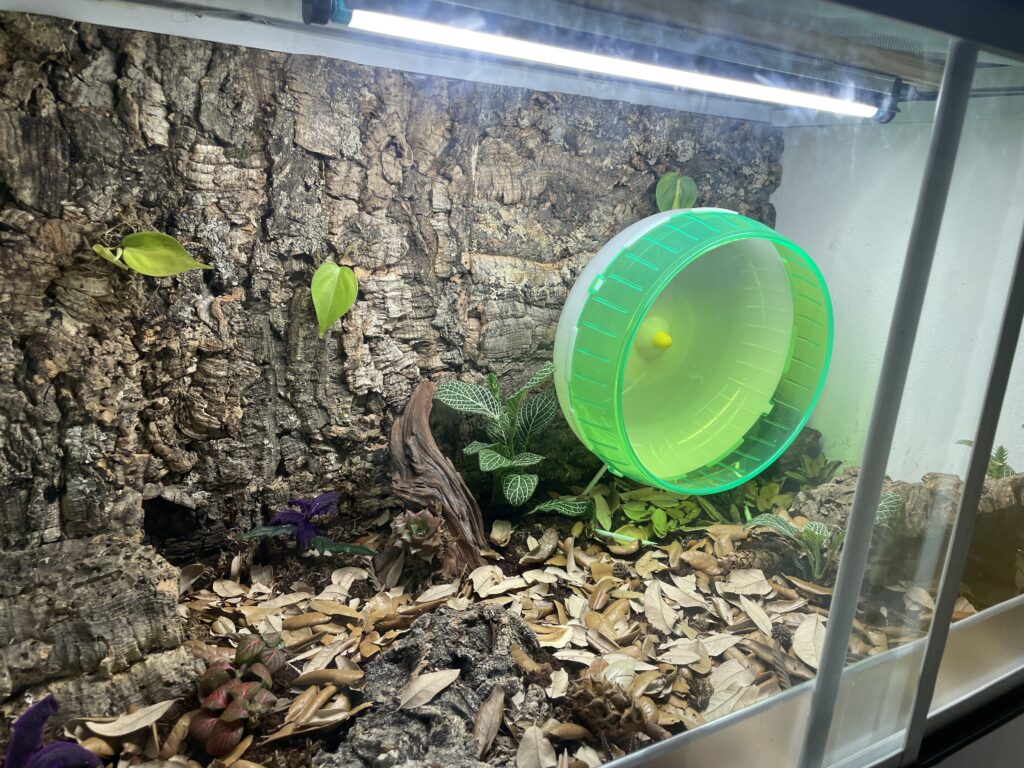
Health and Safety in a Bioactive Environment
The wellbeing of your hedgehog is paramount. Keep an eye out for any signs of distress or illness. And always be vigilant about the enclosure’s conditions to ensure they’re just right for your spiky friend.
Conclusion
Creating a bioactive enclosure for your hedgehog is a fulfilling project that brings you closer to nature and provides a fantastic home for your pet. It’s about replicating the beauty and complexity of the natural world right in your living room.
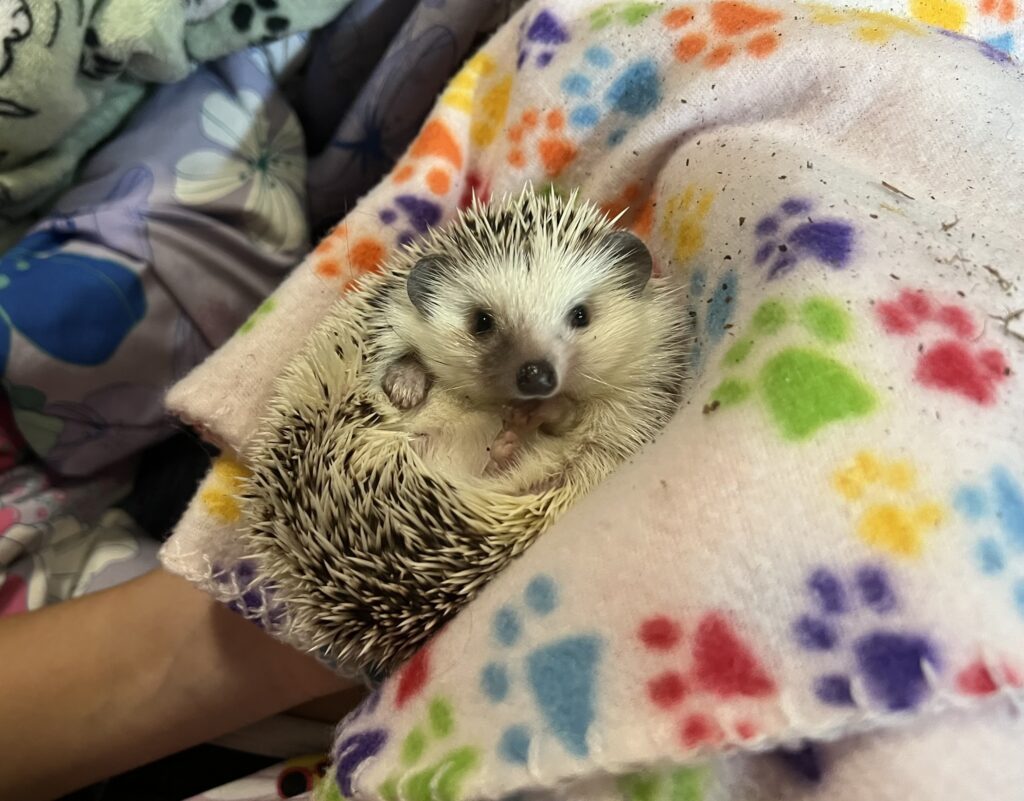
Additional Resources
For more insights and tips on setting up your bioactive enclosure, visit our website and join our community. Megan and I are always here to share our experiences and learn from yours. Together, let’s create beautiful, natural homes for our pets.
Embarking on this bioactive journey has been one of the most rewarding experiences for Megan and me. It’s about creating a slice of nature for our pets to thrive in. At Isopods And More, we’re committed to sharing our knowledge and passion for eco-friendly pet care. So, dive in, get your hands a little dirty, and let’s make a difference in the lives of our prickly little friends!
